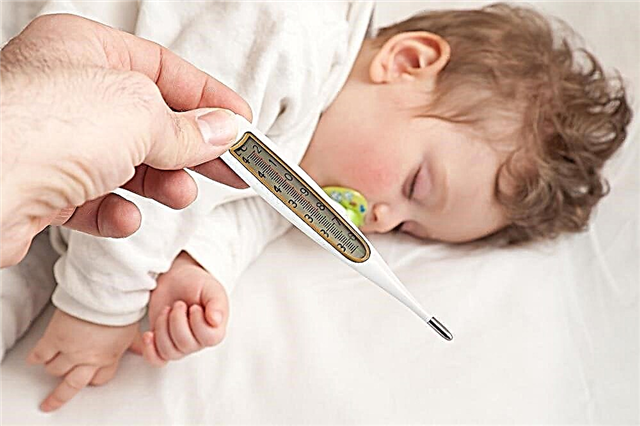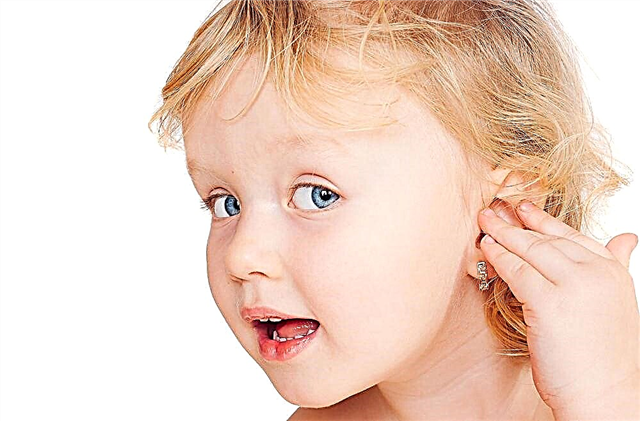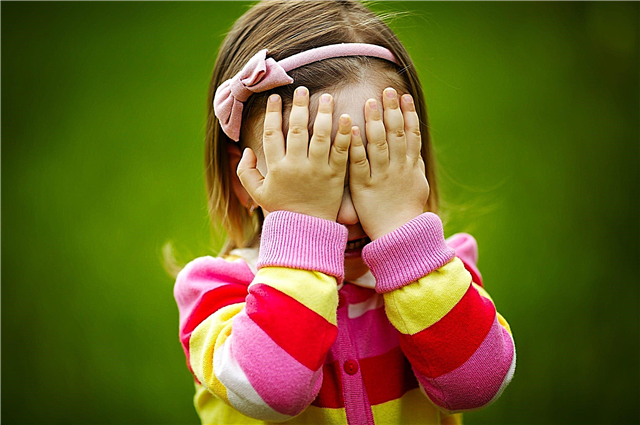If the child often twitches when falling asleep, this can be anxiety for parents, who begin to associate the twitching with possible neurological diseases. However, in most cases, twitching during sleep is not a reason for worries about the baby's health.

Sleeping baby
Reasons for flinching
Twitching in adults when falling asleep, or myoclonus, is often physiological in nature. As a rule, they appear during the transition from wakefulness to sleep. Most neurologists agree that physiological myoclonus cannot be considered pathological.
It can also be seen in a newborn. Physiological myoclonus occurs when brain stem cells give a signal to relax the body before the phase of rapid eye movements. At this moment, the hypothalamus mistakenly perceives the situation as a dying process (pressure begins to decrease, temperature drops, breathing becomes shallow). Then the brain sends a powerful impulse, shaking the body, and the child flinches when falling asleep.
When falling asleep, the baby also twitches due to the immaturity of the neuromuscular connections (between the brain, muscle fibers and the nervous system). This is especially true for premature babies.
Important! Myoclonic movements due to insufficient development of neuromuscular connections occur several times in a row, are sharp and short and are usually observed in the limbs, muscles of the face and abdomen. They last no more than 20 seconds and disappear by the age of three months.
If there is a flinching when falling asleep in infants, the reasons may be as follows:
- uncomfortable rest conditions (most often, increased room temperature);
- harsh sounds near the child;
- painful sensations (with stomach colic or teething).

The baby woke up and cried
Sometimes twitching in a dream has a pathological nature, such movements have their own characteristic features.
Sleep physiology
Children's rest has two phases: rapid and slow (deep) sleep. The cycle of alternating phases is repeated every 60 minutes, and REM sleep in children during the first months of life accounts for 50 to 80%. By the year, its share may drop to 30-40%. Such a long duration of REM sleep is explained by the fact that it is at this time that the brain develops and the formation of neural connections. For example, in older people it is only 14%.
Important! It is during REM sleep that the baby's eyelids may tremble, he will twitch and even wake up, especially if something bothers him at this moment.
Types of twitching when falling asleep
Twitching in children is divided into two types:
- Physiological. The baby, when falling asleep, flinches from sharp sounds, during feeding, from overexcitation, etc. They do not require treatment, sometimes you just need to provide comfortable sleeping conditions;
- Pathological associated with various diseases.
Pathological twitching
It happens that a child twitches when falling asleep for pathological reasons, which are:
- Rickets, which develops when there is a lack of calcium in the baby's body. Against the background of severe rickets, spasmophilia may occur, characterized by high neuromuscular excitability and readiness for convulsive muscle contractions;
- Increased intracranial pressure, which can occur due to congenital trauma, benign or malignant neoplasms;
- Disturbances in the functioning of the central nervous system;
- Epilepsy.
When twitching in a dream is dangerous
Parents should be alerted why the child shudders when he falls asleep in the following cases:
- The baby can jerk his limbs not only during REM sleep, but also during deep sleep. The intervals between twitches are very short, the movements of the muscles are rhythmic. The duration of the seizures is more than 20 seconds;
- When falling asleep, the child shudders violently, then a small tremor of the hand, head or leg continues;
- Symptoms of rickets, in addition to the fact that the baby can twitch the limbs, are severe sweating, lethargy, weakness, moodiness;
- Disturbances in the functioning of the central nervous system are evidenced by chin tremors, frequent regurgitation, anxiety and repeated strong crying throughout the day.
Important! If dangerous symptoms appear, you must consult a specialist who will determine the cause of the flinching and prescribe treatment.
How to organize a relaxing holiday
To reduce the child's anxiety and organize comfortable sleep conditions, children's doctor E. Komarovsky advises:
- Dress the baby in loose clothing made from natural fabrics;
- Avoid sudden changes in temperature and drafts. Airing in the nursery should be done in the period preceding sleep;
Important! You cannot put the baby's crib next to heating radiators.
- In the first months, it is allowed to swaddle the baby. This makes him feel safe and helps him fall asleep.
- Shortly before putting the baby to bed, it needs to be fed;
- In the evening, bathe the baby in a bathtub with the addition of herbal decoctions (from mint, chamomile);

Herbal infusion bath
- Do not engage in noisy games with the baby shortly before falling asleep;
- Bright lights and harsh sounds can make a child flinch.
Prevention of other sleep disorders
Other infant sleep disorders are characterized by frequent waking up, restlessness, and crying. They can be temporary and caused by teething, stomach cramps, infection. In each case, special help is needed. Sometimes this is due to emotional overload, immaturity of the central nervous system. To prevent sleep disorders, you must:
- Create a comfortable temperature (20-22 degrees) and humidity (50-70%) in the room;
- If it is necessary to wake up the baby at night (for feeding, for changing a diaper), do not turn on bright lights, talk loudly and play with the baby;
- Try to organize a daily ritual of going to bed with the performance of the same actions (bathing, changing clothes, feeding, etc.);
- The baby falls asleep better up to six months, being next to his mother. Therefore, it is better to put his crib in the immediate vicinity;
- A light, relaxing massage before bed has a beneficial effect.

Relaxing massage for babies
Shuddering when falling asleep most often does not pose any danger to the health of the baby. If in doubt, parents should consult a specialist to rule out various pathologies.



